This is the tenth in the photo essay series of the Imperial War Museum visit. Tora Tora Tora is the war cry of the Japanese air fleet which attacked Pearl Harbour. And this photo essay concentrates on those magnificent flying machines which are in the Imperial War Museum.
This is the famous Supermarine Spitfire. 
What a beautiful silhouette.
As it turns to Starboard
In the attack position.
Climbing slightly.
What a machine, what a great little machine. 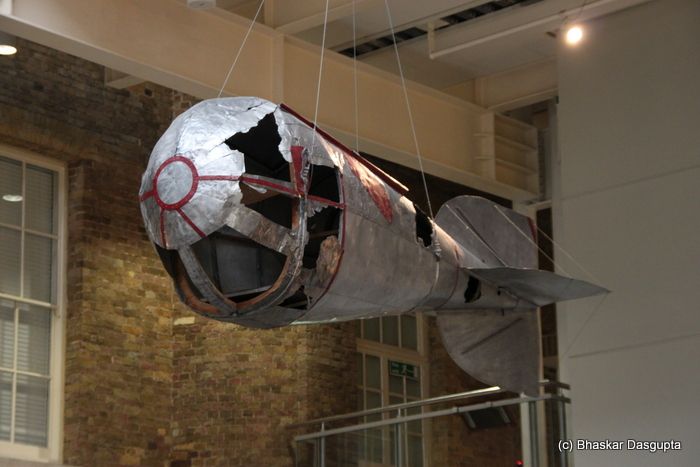
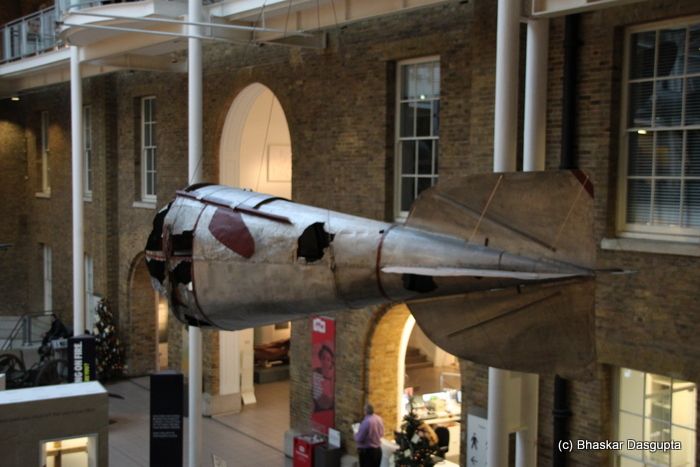
This is an observation car which was usually used on an Airship in WW1. Hanging below an airship, this would be used by an observer who would be freezing inside and would communicate with the main pod via phone. This one was found near Colchester after the air raid during the night of 2 Sept 1916. Funny looking thing, eh? 
This extraordinary looking machine is the Heinkel He 162, the German Jet Fighter which came into the front in the very late stages of the war. Only 120 were made but this was designed to be a throwaway jet fighter, to be flown by Hitler Youth chaps, amazing machine, but came too late to do anything. 
This was the first cruise missile. The V1, also known as the buzz bomb or the doodlebug. These machines killed almost 23,000 civilians in the last few months of the war. An interesting factoid about the war against the V1 was that the Germans couldnt figure out if these were landing in the right place. So they asked their agents in the UK if they were landing in the right places. All German agents had been turned but as the impacts were all reported well in the press, these double agents reported accurately back to Berlin which was disbelieved. Unfortunately for the Germans, they had a very fake agent in Lisbon who fed them total crap information and this they believed. Due to this wrong information, their targeting was dodgy. Some estimates think that if they had fixed their targeting, then almost 50% more casualties would have occurred. Such are the tragedies of war.
Strangely enough, the USA took hold of some examples and made some variants to be used for the invasion of Japan but the nukes put paid to that idea.
This is the BAF BE2c. It was a WW1 era two seater reconnaissance aircraft and also did light bombing duties.
This is the Focke Wulf Fw 190, which frankly had air superiority over everything that the allies could throw at them till 1942 when the Spitfire IX came into the picture. 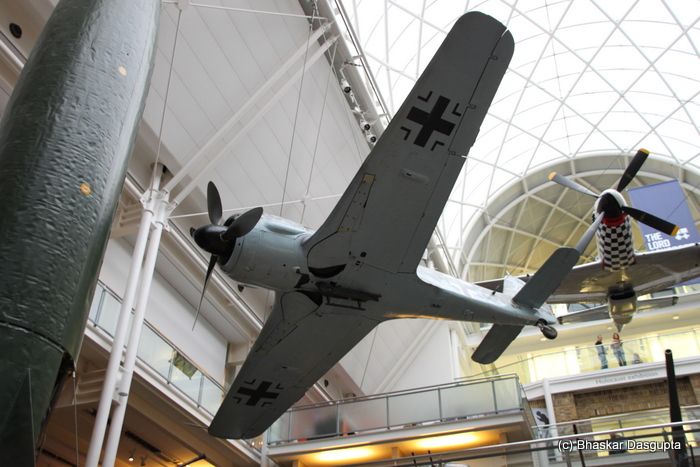
This was the mainstay of the German air force and was used in a variety of missions. 
This was an amazing plane, very forgiving and great to fly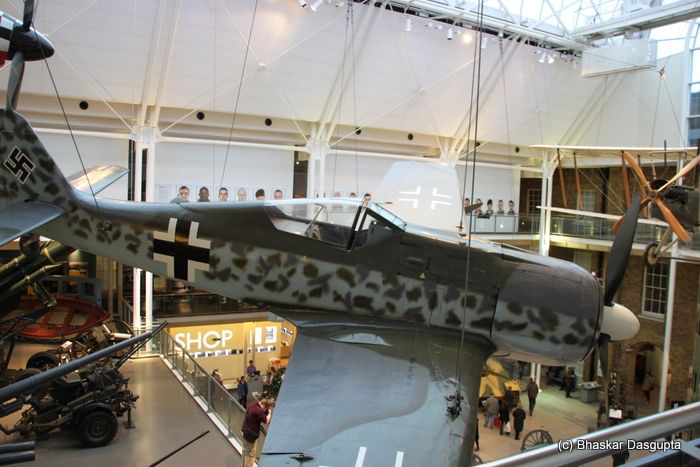
Most of the German air aces of the WW2 used this plane. Interestingly enough, look at the list of WW2 flying aces here. See the huge number of German aces? And the first non German to break into the ranks was a Finn. Wow, I did not know this. How fascinating.

The highest American ace had 40 kills. Bubi Hartmann of Germany had 352 kills. Bloody hell. Go take a look at the list. Its amazing. 
This is the Sopwith Camel in the Naval configuration.
The two Vickers guns would fire through the propeller. A pig of a machine to learn, but once you did learn it, it was very very manoeuvrable in the sky. One of the most successful machines in WW1. 
Some of the British Pilots…a fascinating gallery

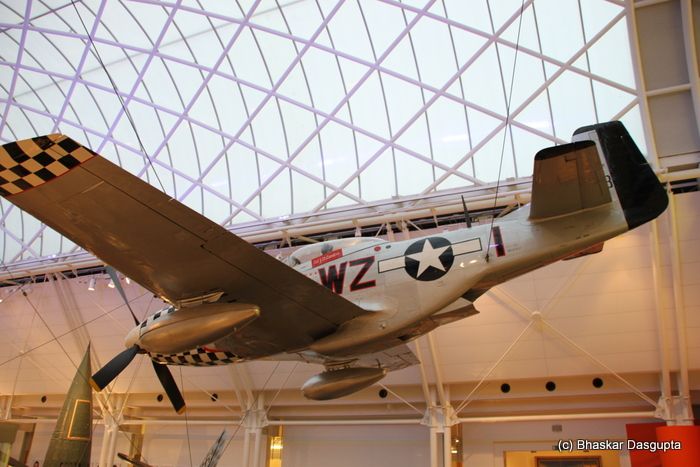



And finally we come to the North American P51D Mustang, a long range fighter. This plane shot down almost 5000 planes, second only to the Hellcat. Curiously, and I didn't know this, this plane whilst made in the USA, was made due to an design requested by the Brits. And then was used in the Korean war and other conflicts. This machine was used widely and in one interesting case, by an Israeli pilot who cut the telephone wires in Egypt between Suez City and the front lines using his propeller. lol




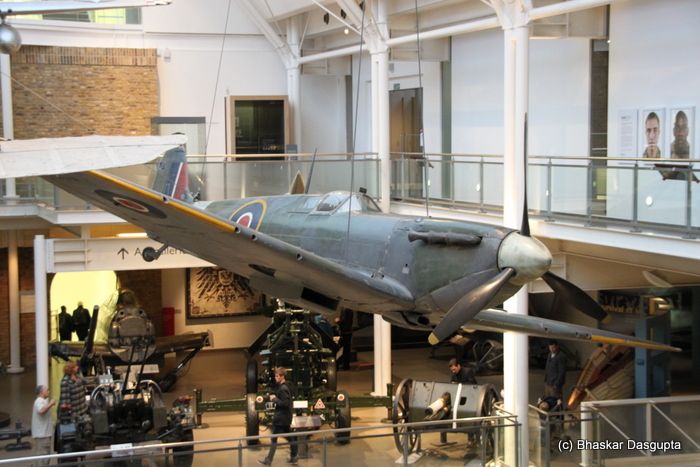










No comments:
Post a Comment